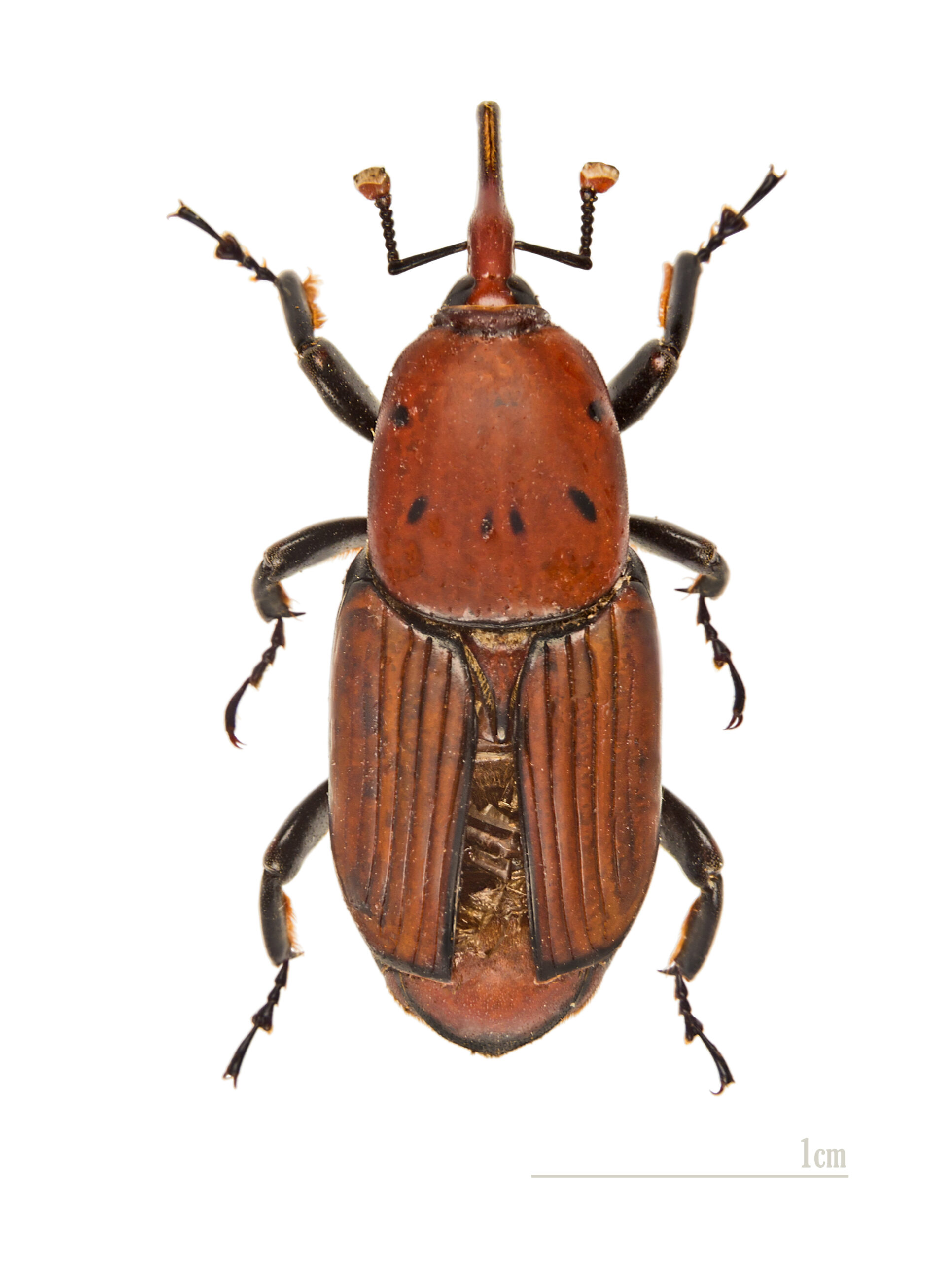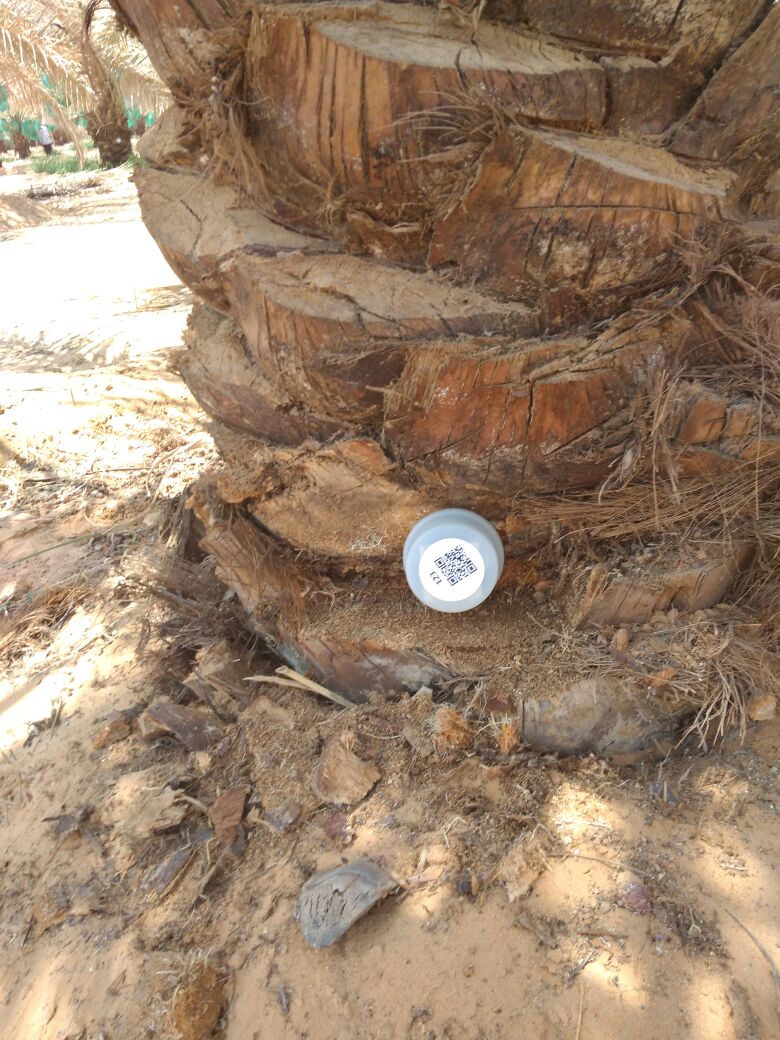Agrint – Removing the Worm Before it Even Gets to the Apple
Agritech
We’ve all been there: the sudden and unwanted discovery of a well-hidden and thoroughly intrusive worm in an apple. Infuriatingly enough, the reason for the worm’s success in evading the grower’s well-intentioned Methods of Mass Destruction is that they were applied too late in the game. The trick is to catch the worm way before it is a worm, back in the super-early stages of its existence when it is still in the form of larvae.
Enter Agrint Sensing Solutions, who have based their innovative and ground-breaking solution on exactly this premise. Agrint have produced a sensor which aims to provide early detection when pests attack trees and stop them before they cause irreversible and fatal damage. Using a seismic in-tree sensor, and building on existing in-tree sensing concepts, Agrint takes things to the next level: the only in-tree sensor worldwide that detects pests.
Knowing the Enemy… From Within
 Currently, Agrint are tackling that insidious pest and enemy of all things palm-tree related, the red palm weevil, although going forward they aim to extend this to a broad variety of in-tree borer pests. The idea came when a pesticide company noticed that palm trees were dying in massive numbers and that spr
Currently, Agrint are tackling that insidious pest and enemy of all things palm-tree related, the red palm weevil, although going forward they aim to extend this to a broad variety of in-tree borer pests. The idea came when a pesticide company noticed that palm trees were dying in massive numbers and that spr
aying them with chemicals was having little to no effect. The crux of the issue is that the damage is only noticeable after the fact. The red palm weevils lay their eggs inside the tree, and when the larva hatch and start to eat the core of the tree from within, the problem begins.
The trees only show signs of distress when the problem is established and sadly irreversible. There is no way to stop the problem at this stage or save the tree since palm trees cannot rebuild themselves due to their unique structure. The palm tree industry is huge – there are more than four billion date, coconut, oil, and ornamental varieties of palm trees worldwide. Fo r each tree affected by the red palm weevil, growers lose approximately $500, making it a truly critical concern.
r each tree affected by the red palm weevil, growers lose approximately $500, making it a truly critical concern.
Utilizing their expertise in seismic sensors to find a non-visual signal of the problem, Agrint created an in-tree sensor that would detect the vibrations of larvae in a tree, and alert the farmers, so that they could eradicate the pests before any serious damage was caused.
Currently, an infestation of the red palm weevil is handled by indiscriminately spraying trees with large quantities of chemicals and pesticides, and hoping for the best; a method known unofficially as “spray and pray”.
Since there is no visual indication of any infestation, all the trees must be sprayed even though many of them may not be affected, exposing healthy trees to unnecessary poisonous pesticides – which aren’t even always effective. Plus, even if they do succeed in killing the red palm weevil, there is no guarantee that they will prevent the re-entry of the pest into a tree.
Where Does the Sensor Go?
 Agrint’s super-sensitive device is simply screwed into the tree trunk, where it begins to sense the vibrations within the tree itself, providing early detection of the presence of the young larva (smaller than one centimeter), and tipping off the grower to treat the tree in a timely fashion.
Agrint’s super-sensitive device is simply screwed into the tree trunk, where it begins to sense the vibrations within the tree itself, providing early detection of the presence of the young larva (smaller than one centimeter), and tipping off the grower to treat the tree in a timely fashion.
By spraying a specific tree, instead of random and indiscriminate mass-spraying, not only does the infected tree stand a far higher chance of successful treatment, but the damage caused to the surrounding trees and area is minimal. By killing off the larva on the first spray, it also dramatically increases the effectivity of the pesticide.
The Agrint sensor is the only in-tree sensor worldwide with the capability of detecting pests – a truly innovative device, and a big breakthrough for palm tree growers across the globe. For small landholders, the Agrint sensor is truly a godsend, as it could easily save their livelihood from a pest which has been globally acknowledged as an agricultural crisis. In the long term, trees will become healthier, both from the eradication of the killer larvae, and as a result of being exposed to far fewer pesticides, so the supply will naturally increase, growers will spend much less on pesticides, and the price will come down, benefitting the economy from every viewpoint.
 Eco-friendly for the Ecosystem
Eco-friendly for the Ecosystem
A truly green product, the Agrint sensor is very low power, each device running on two regular AA batteries, lasting approximately three years. Agrint takes the concept of in-tree sensors to the next level, enabling precise agriculture.
The aim is to draw insights from a single tree for an entire plantation, ultimately hoping to control and halt the epidemic. Eventually, Agrint believes that its sensor will help teach the agricultural industry how these pests act on a predictive scale, offering an early warning on a country-wide and eventually a global level, utilizing big data to crunch the numbers and manage the issue effectively worldwide.
 Tech Ecosystem
Tech Ecosystem Human Capital
Human Capital Focus Sector
Focus Sector Business Opportunities
Business Opportunities Investment in Israel
Investment in Israel Innovation Diplomacy
Innovation Diplomacy Leadership Circle
Leadership Circle Our Story
Our Story Management Team
Management Team Careers
Careers